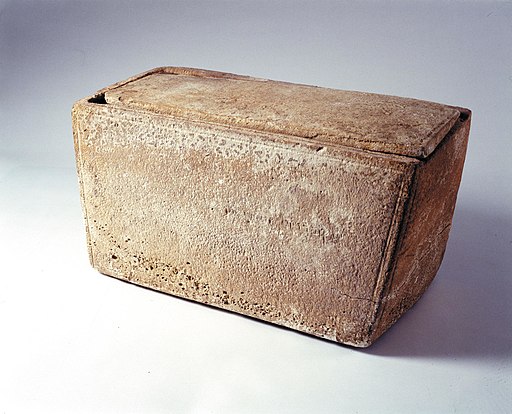Recommended Reads: “The Great Influenza”, John M. Berry
(Editor’s Note: This was originally published in the December 2015 Ministerial Bulletin, which makes it particularly interesting in light of the current Covid pandemic.)
Book Review
The Great Influenza
By Gene Hilgenberg
The Great Influenza, The epic story of the deadliest plague in history.
by John M. Berry
Penguin Group (USA), New York, 2004
I have always been fascinated about reports of the Spanish Flu of 1918. If it was so bad, why did we not learn more about in history? With the occurrence of a more severe than normal annual influenza this past winter I begin to research the 1918 pandemic Influenza and came across this book.
The author presents an in-depth study of the 1918 influenza from the condition of medical science at the beginning of the twentieth century, to a detailed trail that the pandemic took in three waves through the US and around the world. He spends a lot of time dealing with individuals that had the greatest effect on curtailing or extending the virus.
In the beginning of the book the author is baffled that the progress of Medical Science in the early 1900’s seemed to be far behind the other fields of science. He blames the lack of progress on religion. He feels that religion hindered the understanding of what caused disease and slowed the discovery of microbes. I contend that if he had been a student of the Bible he would have realized that God gave ancient Israel knowledge of what caused disease and how to prevent it.
According to the author, the 1918-19 flu pandemic killed up to 100 million people world-wide. His death estimate is significantly larger than earlier estimates, but one that is often quoted in contemporary articles. The description of how this virus infected and killed is quite graphic and provides the reader with a real sense of the suffering it caused.
A chapter is spent detailing the influenza virus pathology, what can cause it to become violent and deadly, and how it can spread so quickly. One interesting fact about pandemic influenza that it is normally a virus that first starts in either birds or swine. By crossing with a human strain of the virus it becomes a virus that no one has immunity to so that it then can spread quickly within a population.
Pandemics come around only about 3 or 4 times a century and modern medicine feels with some certainty that if an influenza virus like the Spanish flue would show up that it would be able to quickly develop a vaccine to limit its effect. But can a vaccine be developed in time? The author points out that in 1997 with the H5N1 Hong Kong virus it took scientists more than a year to develop a vaccine. In 1918 the flu infected so many people so fast that the hospitals were swamped. Many of the health staff became sick so were not able to help others.
This book was an eye-opener on how dangerous contagious diseases can be, even one as common as the flu. It is a well-written book, as long as you overlook the references to evolution and the negative approach to religion and God. After reading the book I have a greater understanding of how the coming pandemics that God prophesied could come upon modern day Israel and this world at the end of the age.









